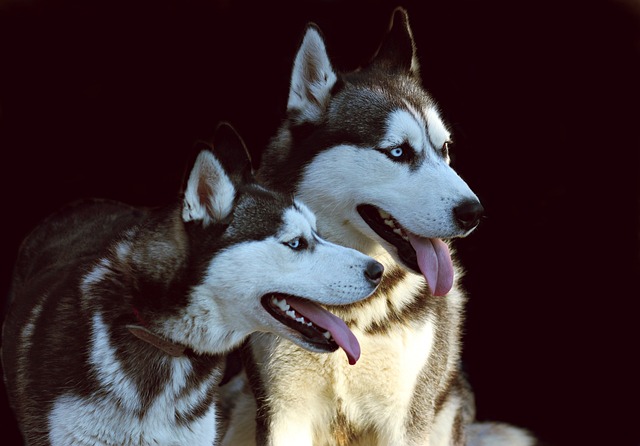
What is glaucoma in a dog?
You might notice your dog squinting more at mealtime or avoiding bright sunlight—these small changes could be early signs of a serious eye condition.
Have you ever watched your dog reluctantly nudge their bowl of dry food, wishing there was a way to make mealtime more exciting? If you’ve found yourself asking, “What can I use as a topper for my dog’s food?” you’re in the right place. Whether you’re dealing with a picky eater or aiming to boost your pup’s nutrition, the perfect topper can turn a lackluster meal into a canine feast.
The science behind food toppers is simple yet fascinating. Dogs, like humans, are drawn to a variety of textures, smells, and tastes. Dry kibble, while convenient and nutritionally balanced, can become monotonous over time. Toppers work by stimulating your dog’s senses, making the meal more appealing. From a nutritional perspective, they can also fill in dietary gaps, adding extra vitamins, minerals, or healthy fats that might be lacking in the base food. Think of it as upgrading a basic burger to a gourmet version with all the fixings.
Now, let’s explore some tried - and - true topper options. One of the most popular choices is cooked, lean protein. Picture shredding a rotisserie chicken (minus the skin and bones, of course) over your dog’s kibble. The smell and taste of real meat will have your pup drooling in no time. Canned fish, such as salmon or sardines packed in water, is another great option. Not only does it add a savory punch, but the omega - 3 fatty acids can do wonders for your dog’s skin and coat. For a healthy dose of fiber and digestive support, plain, unsweetened yogurt or canned pumpkin (not pumpkin pie filling, which contains harmful spices) are excellent choices. Just a spoonful can transform the meal.

When preparing toppers, safety is key. Always cook meats thoroughly and avoid using seasonings like onions, garlic, or salt, as these can be toxic to dogs. If you’re using fresh fruits and vegetables, stick to dog - safe options. Blueberries are packed with antioxidants, while carrots can act as a natural toothbrush, helping to keep your dog’s teeth clean. Cut everything into small, manageable pieces to prevent choking. Start with small amounts of new toppers and gradually increase to gauge your dog’s reaction and avoid upsetting their stomach.
In the American pet - owning landscape, there are a few important things to keep in mind. While toppers can enhance your dog’s diet, ensure that their primary food meets AAFCO (Association of American Feed Control Officials) standards. This helps you stay compliant with pet nutrition regulations. And just as you’d use positive reinforcement in training (remember, no 体罚 —physical punishment is a big no - no in the animal welfare community), use mealtime as an opportunity to reinforce good behavior. If your dog sits patiently before eating, reward them with a little extra topper.
For apartment dwellers, space can be a challenge. Opt for toppers that are easy to store, like small bags of freeze - dried liver treats or single - serving packets of wet food. When it comes to community etiquette, a well - fed dog is often a better - behaved dog on walks. A satisfying meal can reduce the likelihood of your dog pulling on the leash in search of food scraps or getting overly excited around other dogs. And as always, clean up after your dog promptly in public areas to avoid fines and keep the neighborhood clean.
Finding the right topper for your dog’s food is all about experimentation and understanding your pet’s preferences. By choosing safe, nutritious options and following local pet - care norms, you can make every meal a delicious and healthy experience for your furry friend.

You might notice your dog squinting more at mealtime or avoiding bright sunlight—these small changes could be early signs of a serious eye condition.

Let’s set the scene: It’s a sweltering Phoenix afternoon—105°F outside—and you rushed your 2-year-old Lab mix, Cooper, on a quick walk to “get it over with.”

Let’s get real: You’re in your Miami apartment, watching your 3-year-old Corgi, Loki, struggle to climb the stairs to your second-floor unit.

Many dog owners brush off occasional scratching as just “dog behavior,” but persistent itching often signals something more—like a food allergy.

You might first notice your dog scratching more than usual—chewing at their paws until the fur looks thin, or rubbing their face against the couch nonstop.

Let’s be real: You’re standing in your Chicago apartment, watching your 3-year-old Beagle, Max, huff and puff just to climb onto the couch.